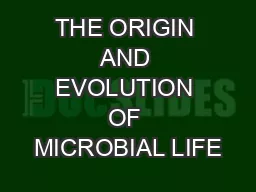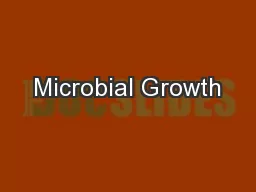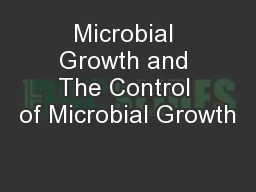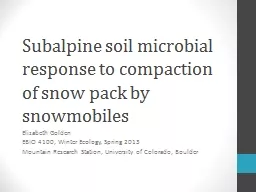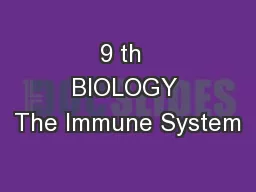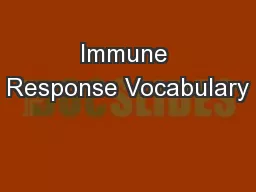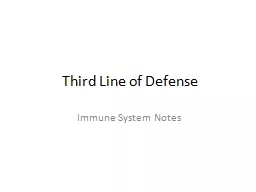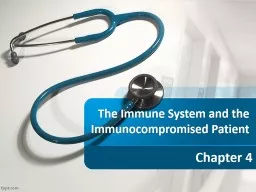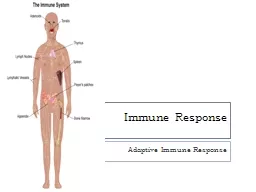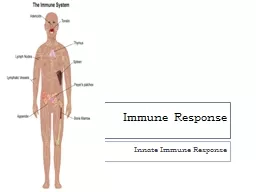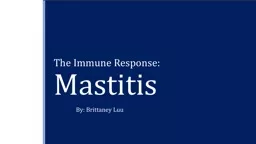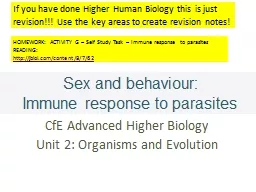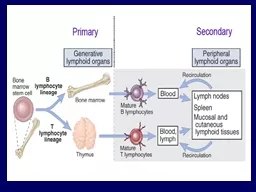PPT-Immune response to microbial challenge
Author : adah | Published Date : 2024-06-08
19 April 2013 Professor Julian Dyson Section of Molecular Immunology Department of Medicine Immune response to microbial challenge Commensal microbiota Links between
Presentation Embed Code
Download Presentation
Download Presentation The PPT/PDF document "Immune response to microbial challenge" is the property of its rightful owner. Permission is granted to download and print the materials on this website for personal, non-commercial use only, and to display it on your personal computer provided you do not modify the materials and that you retain all copyright notices contained in the materials. By downloading content from our website, you accept the terms of this agreement.
Immune response to microbial challenge: Transcript
Download Rules Of Document
"Immune response to microbial challenge"The content belongs to its owner. You may download and print it for personal use, without modification, and keep all copyright notices. By downloading, you agree to these terms.
Related Documents


